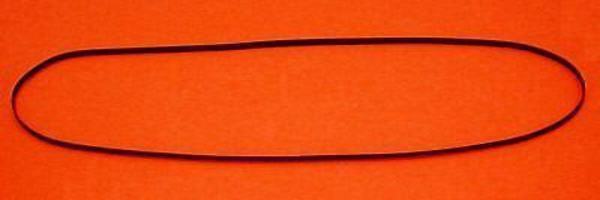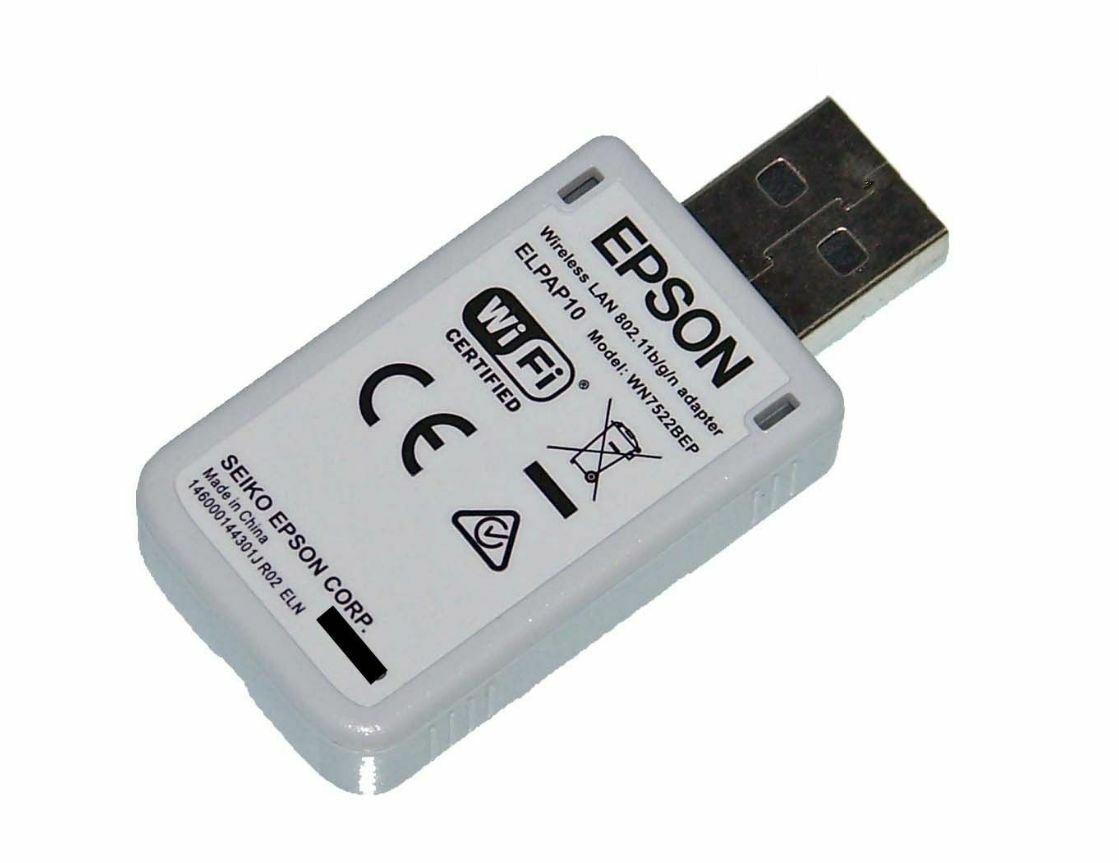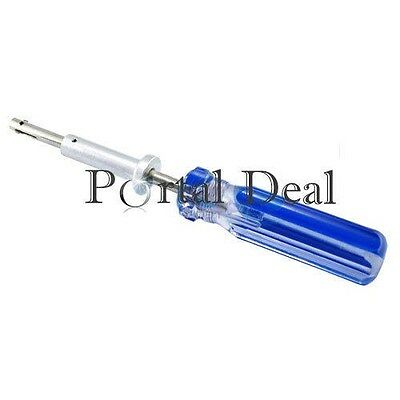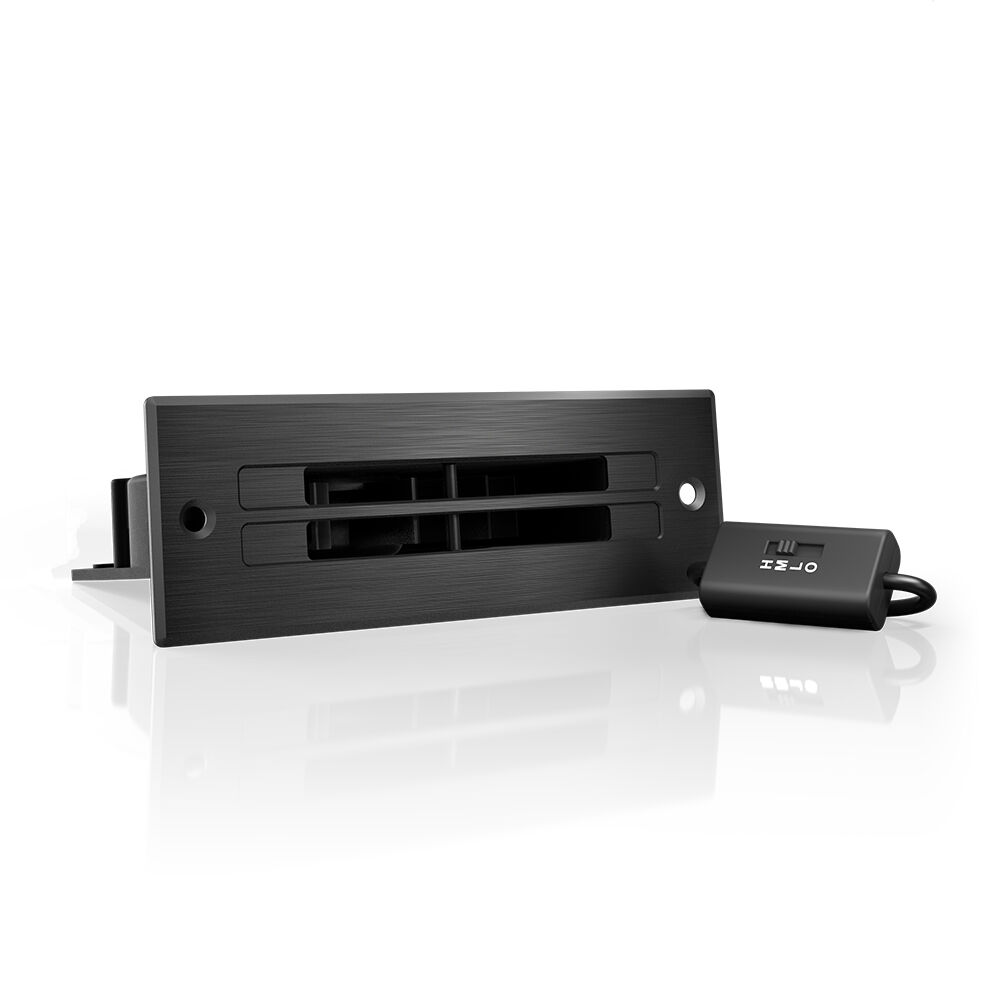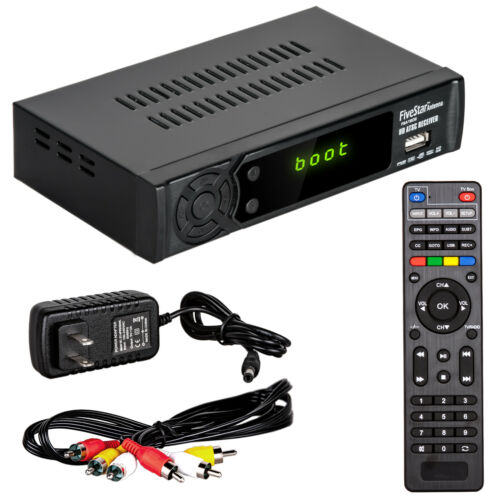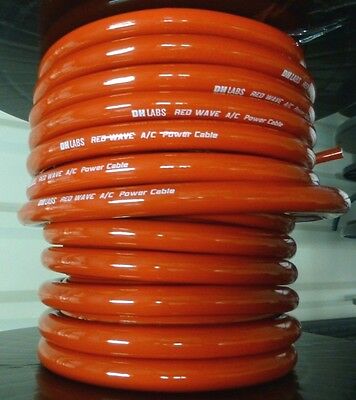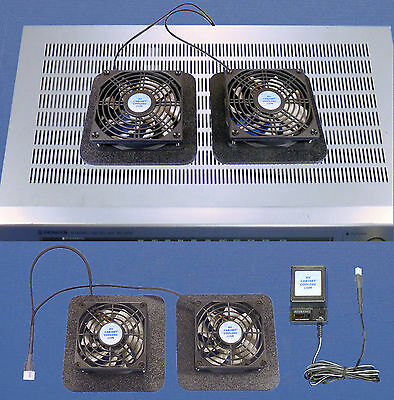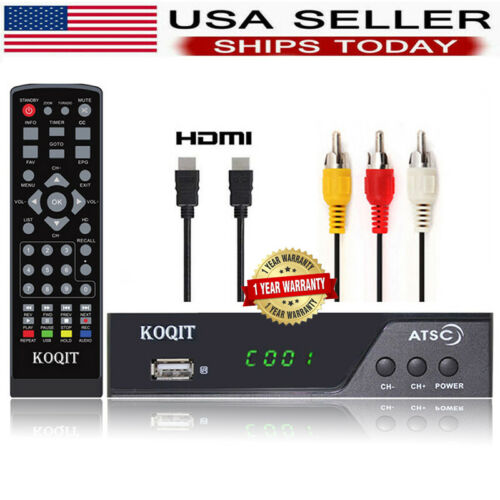-40%
Technics SL-3 Linear Tracking Turntable Drive Belt LL-CE --->>Click Here<<---
$ 5.17
- Description
- Size Guide
Description
Drive Belt for Technics Linear Tracking Turntables SL-3 from Professor PhonographBrand New Turntable Belt
for Technics models
SL-3
from
Professor Phonograph
WELCOME TO TURNTABLES, ETC.
There is a common myth that one belt fits 95% of all turntables. In reality, nothing could be further from the truth! If a typical belt is, say, an inch
too small
, the turntable will probably run, but you will wear out your motor in about a year. If the same belt is an inch
too large
, again, the turntable will probably run, but as the belt ages, it expands. Because this belt is
too large
from the start, you will need to replace it years before it would normally need replacement!
Don't trust your turntable to a novice with an eBay account and an electronic parts account!
All in all, "Flat Rubber" belts have 5 measurements that are critical to ensure proper performance.
(1) The obvious one is length, this affects tightness. If the belt is too tight, it slowly kills the motor. Belt Drive motors are generally not available any longer. If its too lose, it does not put enough tension on the motor, and soon it will begin slipping, years before the correct belt would begin to slip!
(2) The width of the belt is one most of us do not think about very much, yet it is critically important. These usually range between 23/64 and 39/64 of an inch (or metric equivalents) these are usually measures down to the 64th of an inch to ensure precision. If a belt is
too wide
, the risk is not fitting the capstan of your turntable. If a belt is
too narrow
, the risk is slipping, which will make the table seem to speed up and slow down. This may be inaudible at first, but in six month, who knows?
(3) The thickness of the belt. This is the smallest of the belts dimensions. Belts that are made for most turntables will be about the same thickness. The belt is supposed to wrap tightly around the capstan. There are Flat Rubber Belts out there that are
way too thick
for use on a turntable. The capstan is the part of the motor that keeps the speed going consistently. A belt that is too thick will not be in contact with the capstan as much as the designer and manufacturer intended. The result? wobbly pitch!
(4) External diameter. Its pretty simple, yet important; the distance around the
inside
of the belt. Obviously, this measurement is closely related to #3 and #5.
(5) External diameter.
Its pretty simple, yet important; the distance around the
outside
of the belt. Obviously, t
his measurement is closely related to #3 and #4.
Watch out for guys that have a belt for all turntables, and also for those who have belts that have been sitting around the shop for a couple of years! The shelf-life of a brand new belt that is recently manufactured is about 5 years of normal play. I only have belts that are brand new, recently manufactured turntable belts. Some say that I only keep belts that are
fresh!
This belt is precision cut to match the original factory specifications for the following
T
ECHNICS Turntables:
SL-3
About this models:
The Technics SL3 is a fully-automatic linear tracking belt drive turntable that was designed to operate at 33 and 45 RPMs. It has a straight tone arm and required a P-Mount Cartridge T4P. It is fully-automatic, which means that you have to press the start/stop button to play a record. The pitch controls would raise the pitch (speed) by 6%. After the record is complete, the turntable picks the arm up and returns to the off position. [When I kept my notebook on turntables, nobody ever believed that information would be so scarce!]
Audio purists have long claimed that the sound of a good turntable and cartridge combination is
superior
to the sound of CD.
How can that be?
I used to wonder!
These people bought a thousand dollar dinosaur and feel bad about it.
Then one day I heard it for the very first time on a recording that I was very familiar with.
Here's what's going on: The way that CDs work is that they take a "sample" of one or many sounds every so often (in this case its 44,000 times per second). Each of the 44,000 events per second is called a sample. The data in the CD records the volume (loudness) of the sound or sounds that the recorder is recording. If a recording lasts exactly 10 seconds, then the recorder stores data for the 440,000 samples. If the recording is for exactly one minute, then there are (440,000) X 6 -- or 2,640,000 samples. When the sound is replayed, the samples are played back and we hear roughly the same sound that we heard when it recorded. The advantage of CD is that the data does not contain much background noise (the first CD Players had the noise floor about 90 dB below the loudest signal while vinyl has a signal to noise ratio of about 60 dB when things are perfect, but when CD was introduced 50dB was considered about normal). What the CD engineers did not foresee is that the details in the music (the artsy crowd refers to nuances) are generally caused by sounds that last less than 1/44,000 of a second. Its likely that a detail that is that short will not be recorded at all, or perhaps worse, recorded as "instant on" which sounds
highly unlike
the original sound, because musical sounds almost always quickly change volume when they begin or end! The CD recording makes it all there or all not there, because the size of the sample is too long!!!
Like the guys at Sony when they designed CD as a format, you are probably thinking "I can't hear anything that short!" Check out this experiment: Bilndfold yourself and have a friend drop a quarter on a large hard surface that you are close to. As soon as you possibly can, point to the quarter. If you have two fully functional ears, this was no problem for you. You actually heard the quarter twice! Once was in the left ear and the other time was in the right ear. The reason that you could point to the correct location is that the sound traveled from the hard surface to one of your ears quicker than it did to the other ear. Its a matter of distance and the speed of sound. The speed of sound does not change (significantly). We hear the difference in arrival times and, because of experience, can properly place where the quarter fell. I know you are wondering where I'm going with all of this! Here's the kicker: The amount of time between the two sounds you heard is smaller than 1/44,000 of a second. You
can
hear sounds that short and do on a regular basis.
Try this: go to a thrift store and buy a turntable. Plug it into your phono input on your stereo and get a copy of an album that you already have on CD. Listen for details, plucks of strings, etc. An acoustic guitar and a good close microphone move faster than the CD sampling rate will allow in order to get a correct recording! You will hear what I am talking about.
Superior Sound vs. Marketing & Technology"
OK, so its an uphill battle! Turntable enthusiasts are never going to convince everyone that the "Old School" technology that we support is better. But, don't laugh! Turntable sales and products are making a come back. Every year, however, people are buying more turntables than the year previous. Every year more new vinyl is sold than in the previous year. In 1980 every decent system had a turntable. Even I doubt that we will ever be able to make a statement like that again. Those of us who know what sounds good and what sounds better can continue spreading the word among those who truly want great sound. I guess you can say that this is Professor Phonograph's mission.
Shipping and Handling to all points in the US is a flat .99 charge,
plus .00 for additional belts.
S/H will be via USPS.
Items are shipped within one (1) business day of receiving payment.
Please add 8% for all sales shipping to addresses in Georgia.
Thank you for your purchase!
